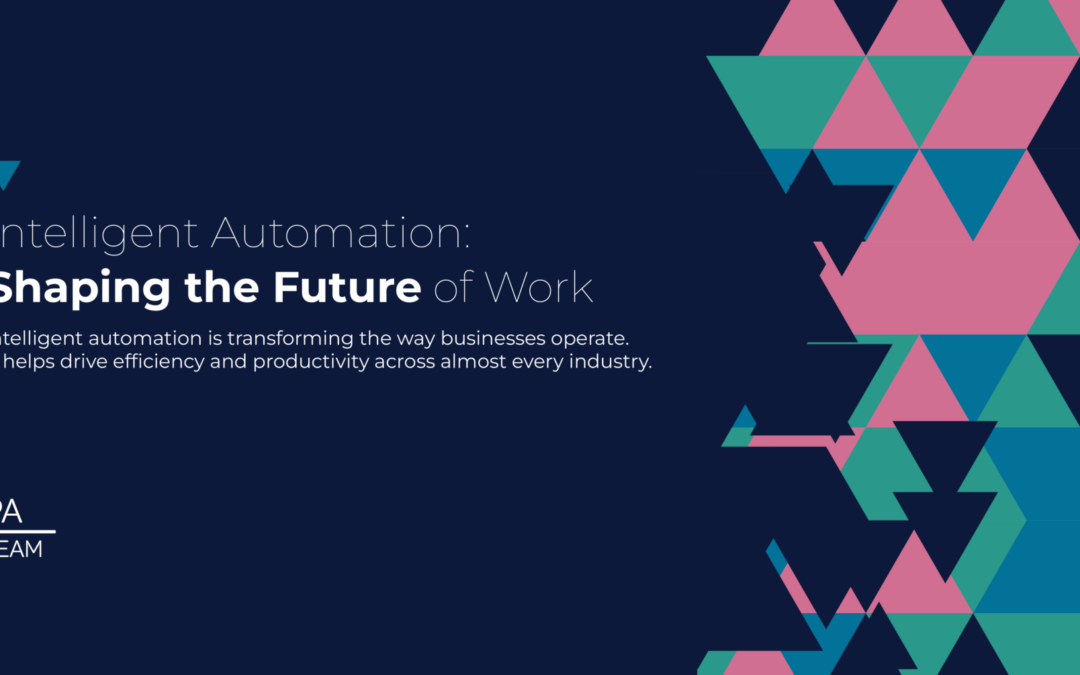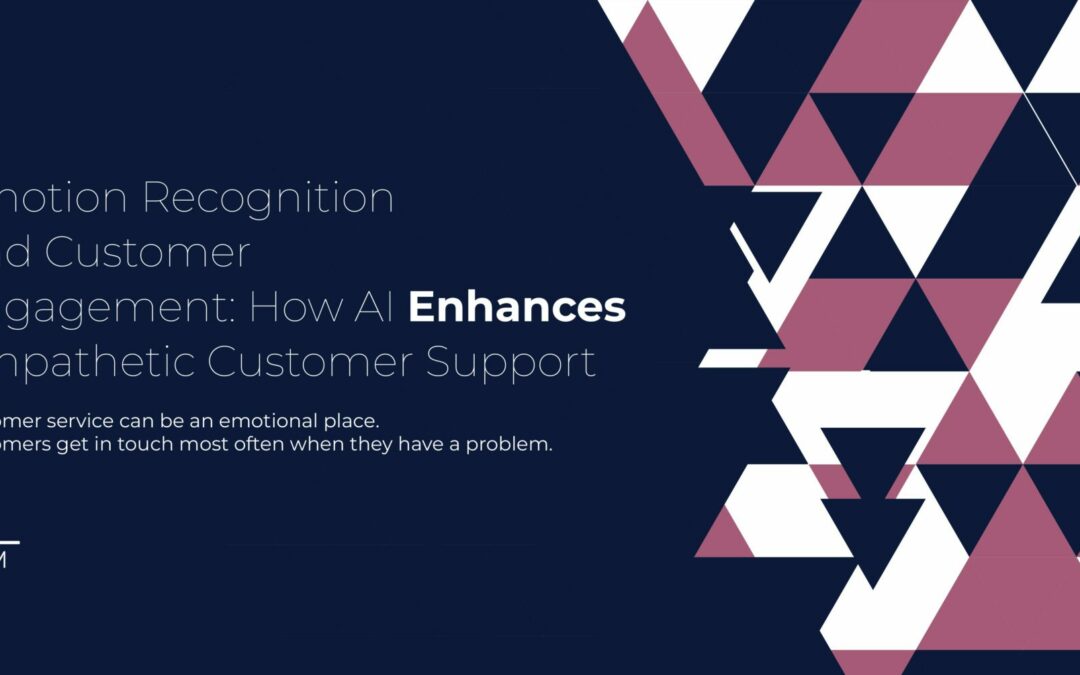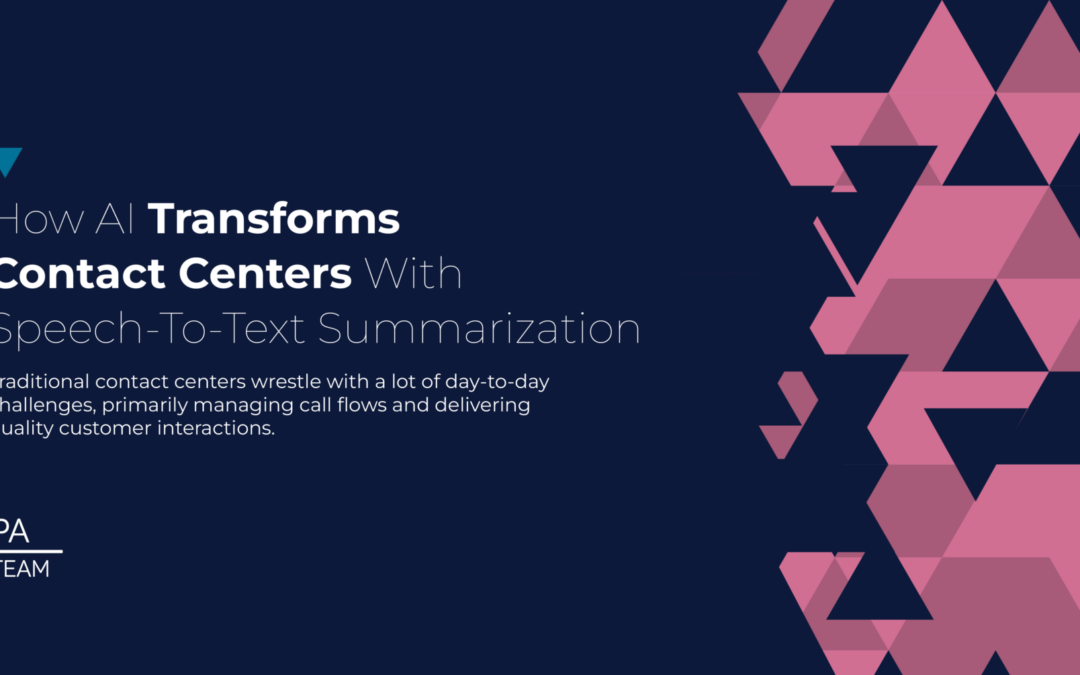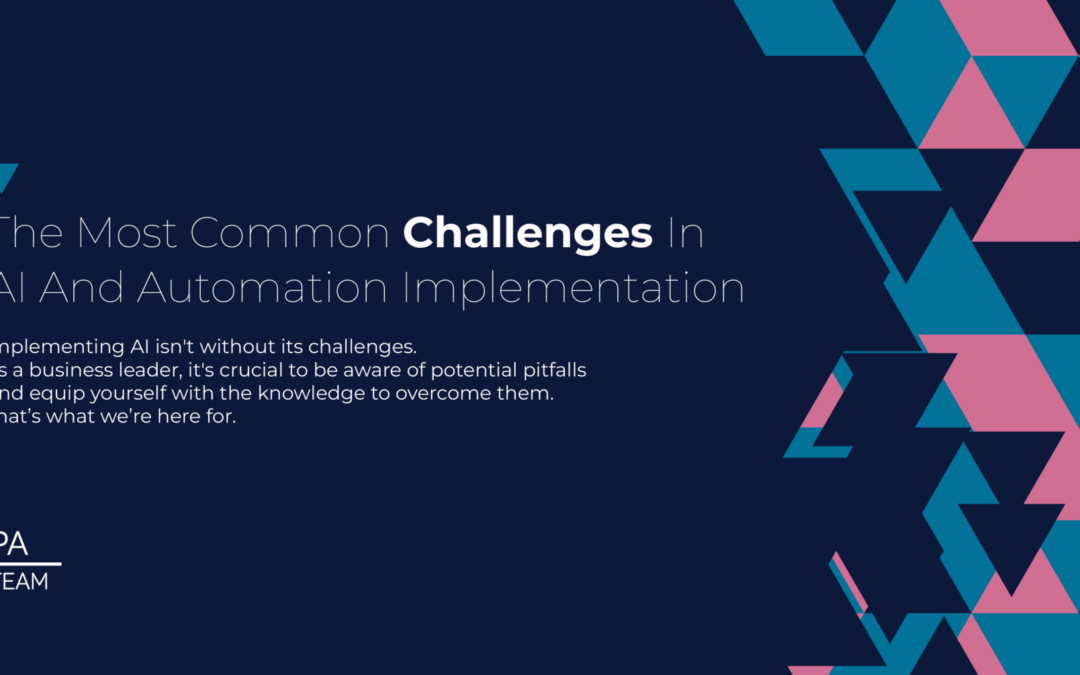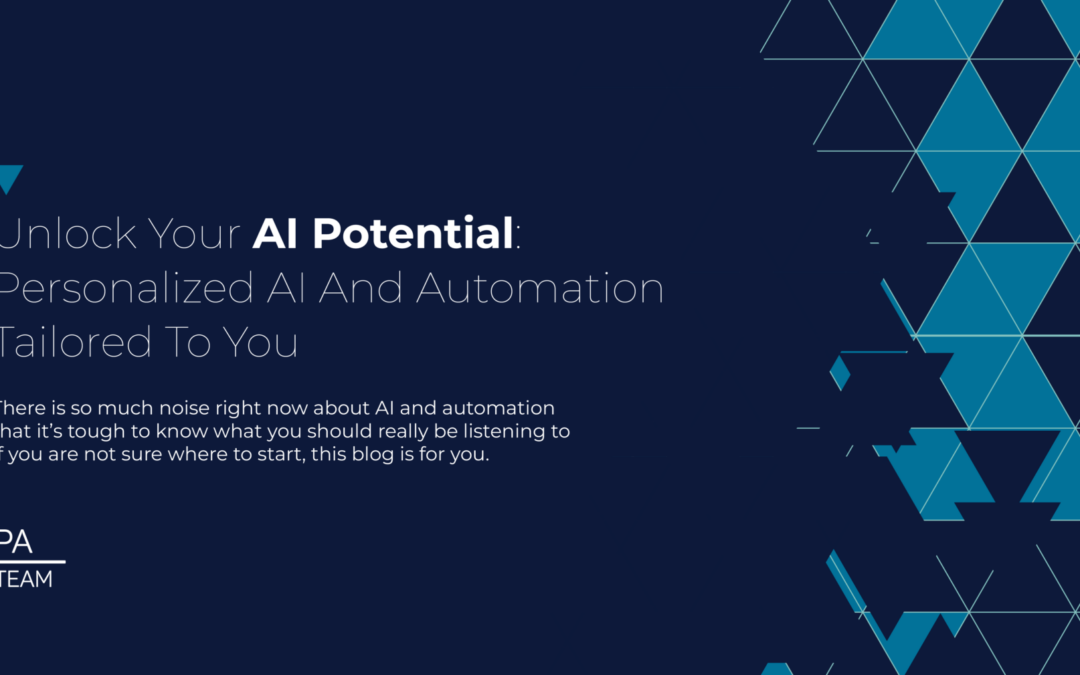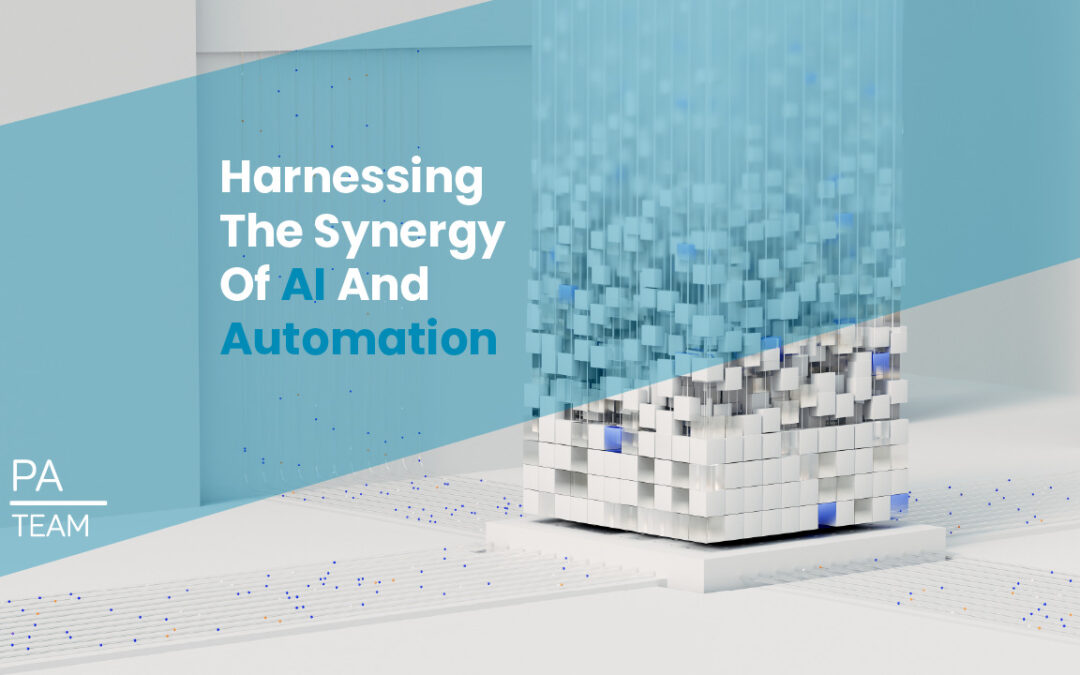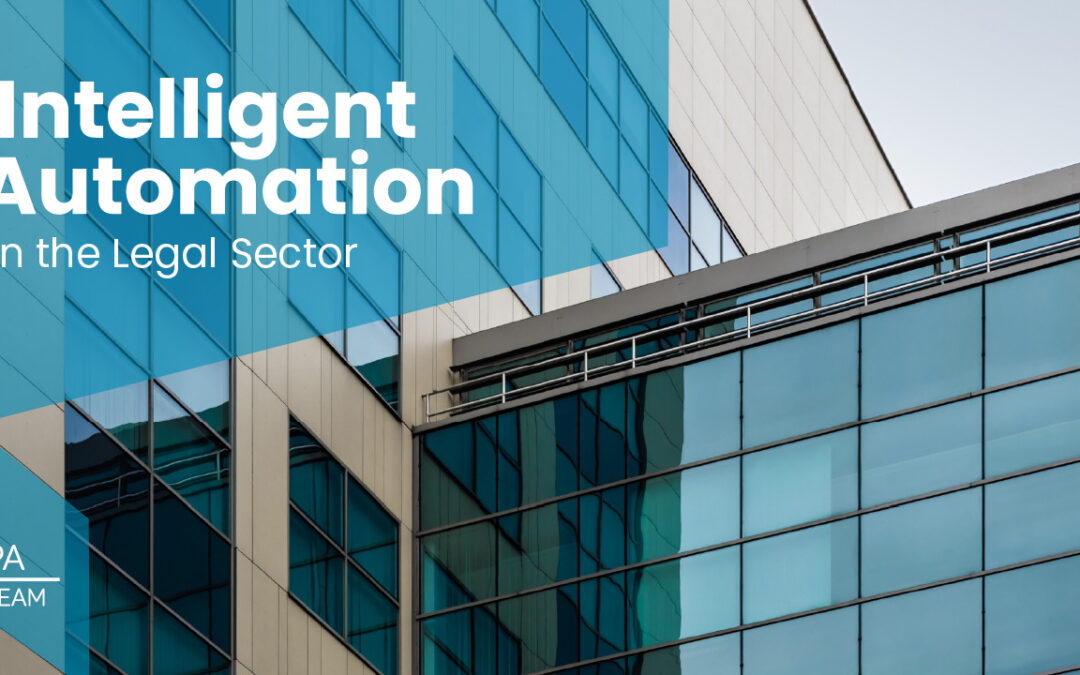
Automation for the Contact Center: Using AI & Automation to Drive Real Transformation
This article is for companies looking to adopt innovative technologies in their contact center operations—with the goal of improving customer experience, scaling efficiently, and reducing costs.
What’s Available for the Contact Center?
This is the million-dollar question, and everyone seems to have the “right” answer. Vendors bombard companies with information, making it difficult to determine what actually benefits the business.
To simplify things, this article focuses on the core operations of a contact center, seen from both the customer and company perspective. We’ll highlight where automation and AI can deliver real value.
Self-Service: Empowering Customers & Reducing Workload
Customers prefer self-service whenever possible—it saves time and gives them more control. For companies, it significantly reduces contact center workload. Traditionally, self-service options include web portals, mobile apps, and email responses.
How to Improve Self-Service with AI & Automation
- Expand self-service capabilities
- AI-powered chatbots and voice bots enable customers to perform more actions without human intervention.
- Generative AI-powered knowledge management provides personalized, context-aware responses.
- Gain more visibility into customer behavior
- Adopt user experience tracking tools to see where users struggle before contacting support.
- Seamlessly integrate self-service with live agents so agents know what the customer tried before reaching out.
Contact Management & Call Routing: Reducing Costs & Wait Times
Customers expect fast, seamless interactions across multiple channels—email, chat, social media, WhatsApp, and voice calls. Managing this is expensive, and long wait times damage customer satisfaction (CX).
How AI & Automation Optimize Customer Interactions
- Reduce agent workload with AI-powered voice bots & chatbots
- Generative AI can answer questions, authenticate users, and perform actions, reducing both wait times and costs.
- Agents focus on complex issues or customers who prefer human support.
- Shorten call times with AI-driven support tools
- AI-powered co-pilots provide real-time customer context to agents, reducing time spent searching for information.
- Automate repetitive tasks within the call, so agents spend less time on manual data entry.
- Improve tracking & insights
- Monitor agent performance and detect automation opportunities.
- Use sentiment analysis to understand customer emotions and improve interactions.
- AI-driven email automation can process and respond to emails, escalating only when necessary.
After-Call Work & Backoffice Automation
After every call, agents must summarize the interaction, process requests, and handle back-office tasks. In many companies, senior agents are stuck handling manual, batch operations, wasting valuable time.
How AI & Automation Improve Efficiency
- AI-powered call summaries automatically capture key points and log them into CRM or support systems.
- Automation eliminates manual back-office work, ensuring faster processing.
- AI-driven workflows handle post-call actions—such as updating customer records, sending follow-ups, and processing requests.
How to Successfully Adopt AI & Automation
Successful automation is not just about technology—it requires the right strategy and change management. Here’s how companies can maximize the benefits:
- Identify improvement areas – Where are the biggest inefficiencies? What are the pain points for customers and agents?
- Define the new way of working – What processes should be automated? How will AI integrate with existing systems?
- Drive adoption – Train employees and educate customers on how to use new automation tools effectively.
The Right Solution: NICE CXOne
There is no one-size-fits-all approach—every contact center is unique. However, companies looking for an end-to-end AI-driven automation solution can rely on NICE CXOne Empower Suite, the leading Contact Center as a Service (CCaaS) platform.
With NICE CXOne, companies can:
- Expand AI-powered self-service across voice, chat, and digital channels.
- Optimize workforce management with real-time analytics.
- Reduce operational costs while improving CX.
As a Silver Partner of NICE, we are an authorized reseller, implementer, and consulting firm specializing in helping businesses successfully deploy NICE CXOne. Want to get started? Let’s brainstorm the possibilities together!

